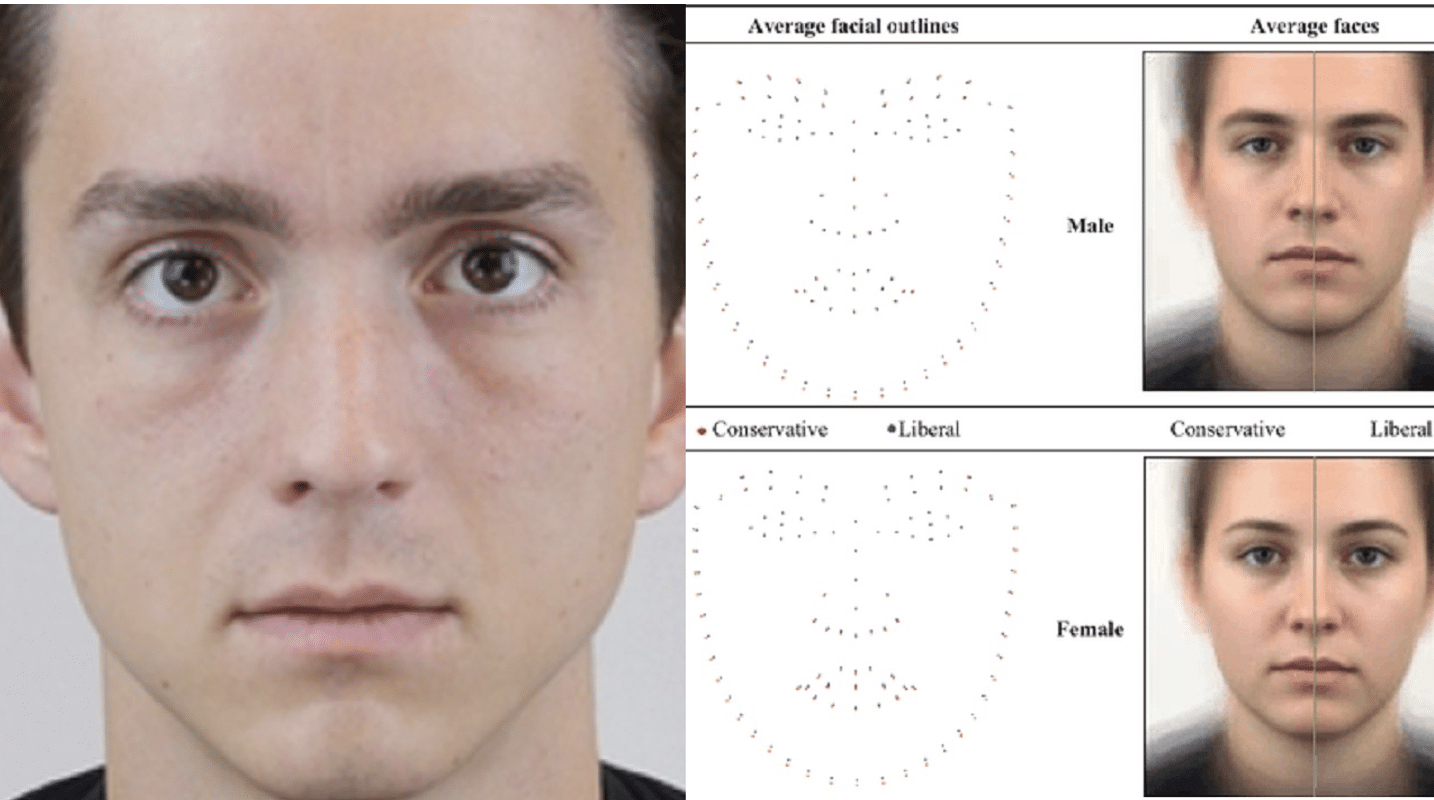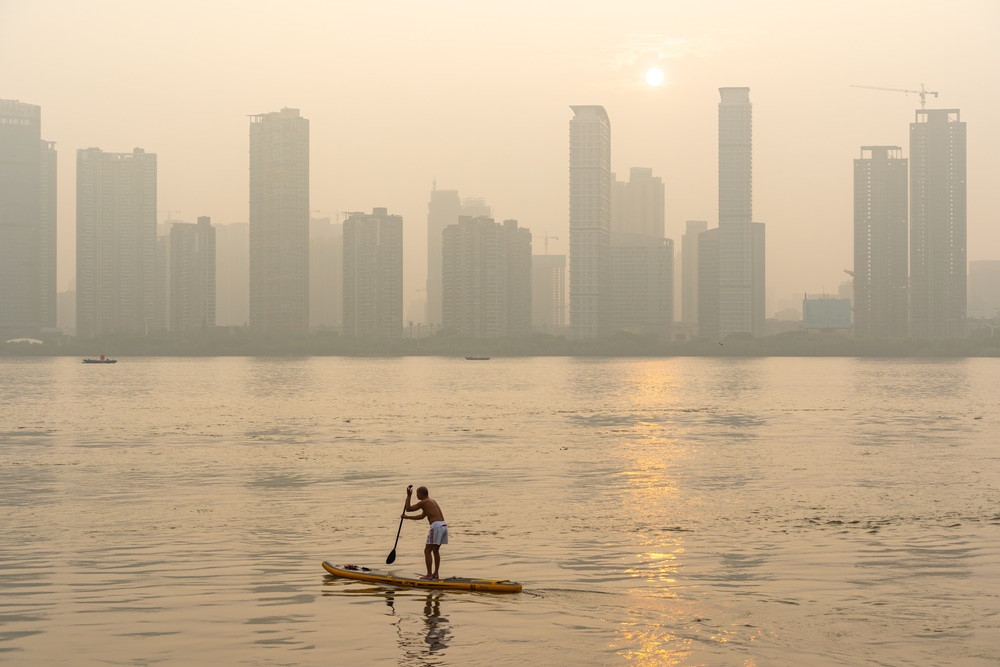The Hawaii volcano eruption is expected to impact the state’s marine and animal life for decades as the environment changes in the wake of the lava flow. Kilauea, on Hawaii’s Big Island, first start erupting on May 3, resulting in lava oozing over residential communities and heading towards the Pacific Ocean. The lava first met the ocean on May 20. While the lava flow has received lots of
attention for destroying neighborhoods, it has also been quietly covering Hawaii’s famed tide pools, hot springs and coastal waters, changing the shoreline in the process. Scientists say that the lava’s impact on local marine life will be seen in major ways. ‘On the shoreline, the differences will be night and day,’ Frank Samsone, a professor of oceanography at UH Manoa, told KHON. ‘What used to be a lush productive environment with hot pools and animals of all different kinds, it’s going to be either a black sand beach or a cliff.’ READ MORE
















